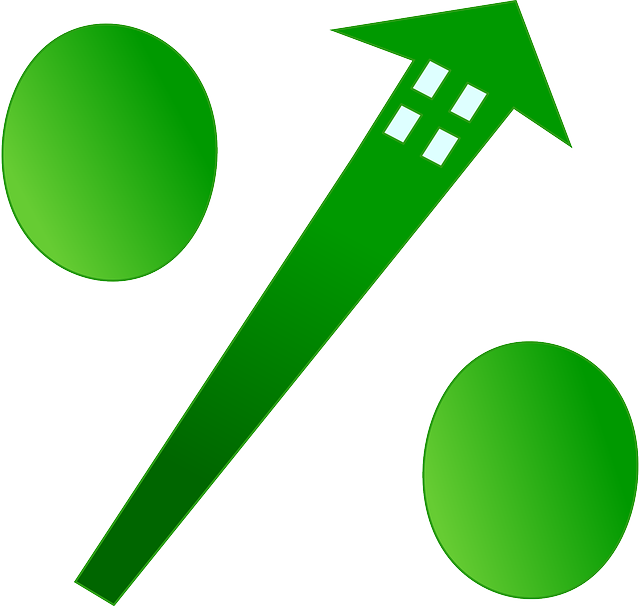U.S. equities fell for a second straight week at the hands of the Fed hint of future rate hikes. Markets sold off sharply on Friday after Fed Chair Powell reiterated that tight monetary policy would remain. The Atlanta Fed’s GDP model is forecasting the odds of a 0.75% rate hike in September at near 60%. August’s employment report will be released Friday and could have a big impact on both projections. The Dow finished down 4.2%, S&P down 4.02%, and Nasdaq down 4.43% for the week ending Friday.

Last Week
Last week, key indicators came out on inflation and GDP, but the markets looked right passed them. The only real headline was Fed Chairman Powell’s speech in Jackson Hole. Fed Chairman Powell confirmed in his 8-minute speech that the Fed will continue doing whatever it takes to push prices lower and keep them there. He talked about households having to endure “pain” as part of the effort to combat inflation. His speech likely is an inflection point for markets going forward. Did we really think the Federal Reserve was going to be dovish after improvement in only a few very minor inflation data points? The trading machines (algos) took over Friday while many were at the beach, leaving the overall market a bit illiquid.
Economists expected Powell to have a hawkish stance towards inflation. The Fed Chairman was more adamant and less forgiving than many thought he would be. Regarding raising interest rates, he said the Fed “will keep at it until we are confident the job is done.” And while rate increases would bring down inflation, “they will bring some pain to households and businesses…. the unfortunate costs of reducing inflation. But a failure to restore price stability would mean far greater pain.” Some experts interpreted the speech as a “no pivot.” This means that Powell is signaling rates won’t be lowered in 2023, as had been previously assumed. This tough stance is what sent markets lower and may well have an impact on stock prices this week too.
New Home Sales fell 13% in July to 511,000 (seasonally adjusted against June). This follows trends that showed similar slowdowns in Housing Starts, Building Permits, and Existing Home Sales. Yet the data is as expected, as a cooling housing market is a consequence of the Fed’s tightening monetary policy. Last week, Mortgage Rates ticked up to 5.55% from 5.13% for the average rate on a 30-year fixed-rate mortgage. Gas prices declined, and now average $3.88 per gallon.
Week Ahead – Fed Hint
September begins this week, and that means the August jobs report comes out on Friday. Wall Street sees Nonfarm Payrolls coming in at 300,000 for August. This level is strong and characteristic of a solid labor market. Economists see the Unemployment Rate sticking at 3.5% for August. That’s the same level as just prior to the pandemic. Chairman Powell referenced jobs in his Friday speech, saying “The labor market is particularly strong, but it is clearly out of balance, with demand for workers substantially exceeding the supply of available workers.” The one areas of concern is layoffs in the Fintech and online shopping sectors. But 300,000 new jobs still indicates an economy that remains on a growth track.
The S&P 500 posted the worst average monthly price change in September. Joining February as the only two months to record declines. Yet September stands alone as the only month in which the market fell more frequently than it rose. Year-to-date index performance; Dow down 11.16%, S&P down 14.87%, and Nasdaq down 22.39% through the close on Friday.
Erie CO Financial Advisor; investments, wealth management, retirement income planning; Boulder, Broomfield, Louisville, Niwot, Windsor, Berthoud CO
This website is for informational purposes only and is not intended to be specific advice or recommendations. For specific advice or recommendations you would need to meet directly with one of our advisers.
